All these years at the Institute and I never noticed. There are so many birds on campus. Here are a few that I managed to shoot one November morning at the Canteen. Details are from Wikipedia.
The Ashy Prinia or Ashy Wren-Warbler (Prinia socialis) is a small warbler. This prinia is a resident breeder in the Indian Subcontinent, ranging across most of India, Nepal, Bangladesh, Bhutan, Sri Lanka and western Myanmar. It is a common bird in urban gardens and farmland in many parts of India and its small size, distinctive colours and upright tail make it easy to identify. The northern populations have a rufous rump and back and have a distinct breeding and non-breeding plumage while other populations lack such variation.
The Oriental Magpie-Robin (Copsychus saularis) is a small passerine bird that was formerly classed as a member of the thrush family Turdidae, but now considered an Old World flycatcher. They are distinctive black and white birds with a long tail that is held upright as they forage on the ground or perch conspicuously. Occurring across most of the Indian Subcontinent and parts of Southeast Asia, they are common birds in urban gardens as well as forests. They are particularly well known for their songs and were once popular as cagebirds. The Oriental Magpie-Robin is national bird for Bangladesh.
The Large Grey Babbler (Turdoides malcolmi) is a member of the Leiothrichidae family found in India. They are locally common in the scrub, open forest and gardenland. They are usually seen in small groups and are easily distinguished from other babblers in the region by their nasal call and the whitish outer feathers to their long tail. It is one of the largest babblers in the region.
The Asian Koel (Eudynamys scolopaceus) is a member of the cuckoo order of birds, the Cuculiformes. It is found in South Asia, China, and Southeast Asia. It forms a superspecies with the closely related Black-billed and Pacific Koels which are sometimes treated as subspecies. The Asian Koel is a brood parasite that lays its eggs in the nests of crows and other hosts, who raise its young. They are unusual among the cuckoos in being largely frugivorous as adults. The name koel is echoic in origin with several language variants. The bird is a widely used symbol in Indian poetry.
The Common Myna or Indian Myna (Acridotheres tristis), sometimes spelled Mynah, is a member of the family Sturnidae (starlings and mynas) native to Asia. An omnivorous open woodland bird with a strong territorial instinct, the Myna has adapted extremely well to urban environments.
The Common Myna is an important motif in Indian culture and appears both in Sanskrit and Prakrit literature. “Myna” is derived from the Hindi language mainā which itself is derived from Sanskrit madanā.
The Jungle Crow (Corvus macrorhynchos), is a widespread Asian species of crow. It is very adaptable and is able to survive on a wide range of food sources, making it capable of colonizing new areas, due to which it is often considered a nuisance, especially on islands. It has a large bill which is the source of its scientific name macrorhynchos (Ancient Greek for “large beak”), and it is sometimes known by the common names Large-billed Crow or Thick-billed Crow.
The Red-vented Bulbul (Pycnonotus cafer) is a member of the bulbul family of passerines. It is resident breeder across the Indian Subcontinent, including Sri Lanka extending east to Burma and parts of Tibet.
The House Sparrow (Passer domesticus) is a bird of the sparrow family Passeridae, found in most parts of the world. A small bird, it has a typical length of 16 cm (6.3 in) and a weight of 24–39.5 g (0.85–1.39 oz). Females and young birds are coloured pale brown and grey, and males have brighter black, white, and brown markings. One of about 25 species in the genus Passer, the House Sparrow is native to most of Europe, the Mediterranean region, and much of Asia.
Olive-Backed Sunbird (Cinnyris jugularis) : The sunbirds are a group of very small Old World passerine birds which feed largely on nectar, although they will also take insects, especially when feeding young. Their flight is fast and direct on their short wings. Most species can take nectar by hovering, but usually perch to feed most of the time.
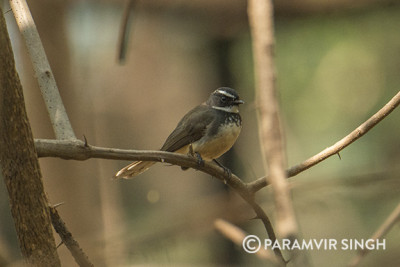
Looks like a Grey Fantail (Rhipidura albiscapa) a small insectivorous bird, though not sure if they are found in India.
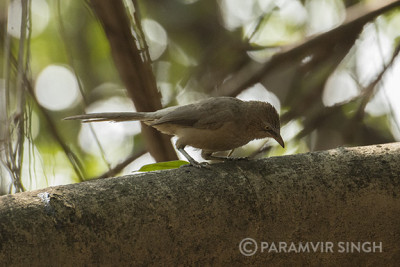
The jungle babbler (Turdoides striata) is a member of the Leiothrichidae family found in the Indian subcontinent. They are gregarious birds that forage in small groups of six to ten birds, a habit that has given them the popular name of Seven Sisters or Saath bhai in Hindi with cognates in other regional languages which means “seven brothers”.
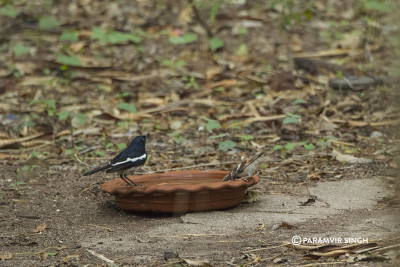
Some kind soul had placed this water bowl for thirsty birds. An Oriental Magpie-Robin (Copsychus saularis) takes a sip.
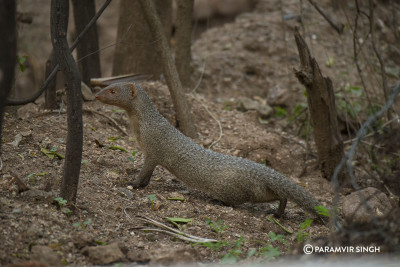
The Indian Grey Mongoose (Herpestes edwardsii), being carnivorous, feeds on many species ranging from rats to snakes. The mongoose is a skillful hunter which actively searches for prey by using its strong senses of smell and sight. It eats anything it can catch. The Indian grey mongoose commonly eats small mammals such as rats, as well as eggs and a variety of arthropods, including the scorpion.
Apart from these, the following birds have been sighted. Thanks to Saurabh Agarwal for maintaing a list. Thanks to Aman Wadan And Shubhojit for helping. I shall keep updating the pictures as and when I am able to shoot. How do we save these birds? Habitat preservation, not using pesticides etc. Email me for more details.
Red Vented Bulbul
Red Whiskered Bulbul
Greater Coucol (Bharadwaj)
Indian Crow
Jungle Crow
Common Myna
Red Wattled Lapwing
Common House Pigeon
Rose Ringed Parakeet
House Sparrow
Jungle Babbler
White Browed Fantail
Grey Fantail
Ashy Prinia
Asian Koel
Oriental Magpie Robin
Rock Eagle Owl
Golden Oriole
Grey Tit
Purple-Rumped Sunbird
Purple Sunbird
Tickell’s Blue Flycatcher
White Throated Kingfisher
Green-Bee Eater
Indian Grey Hornbil
White Breasted Waterhen
Asian paradise flycatcher

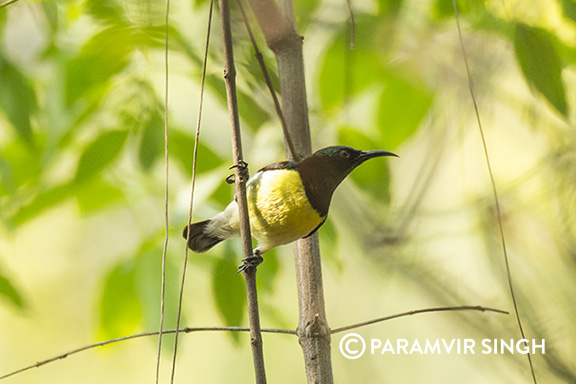
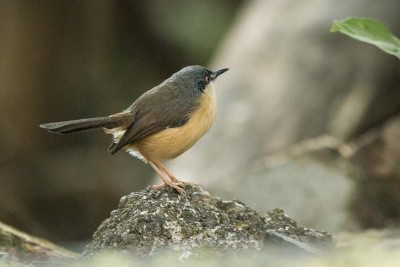
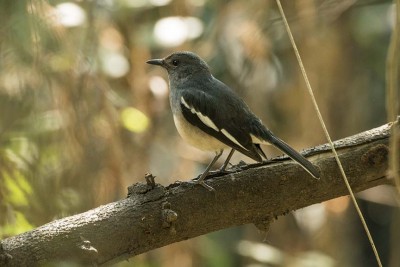
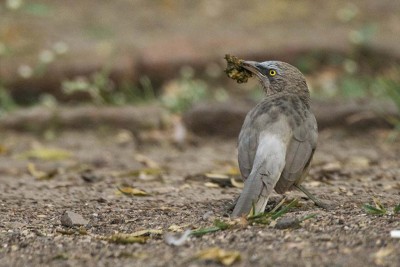
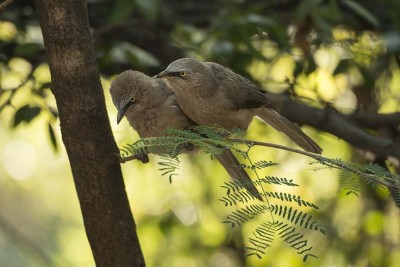
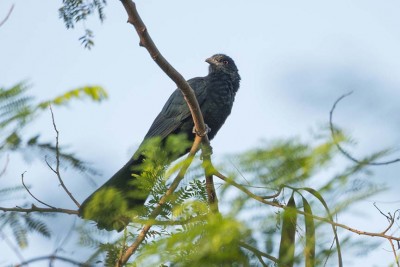
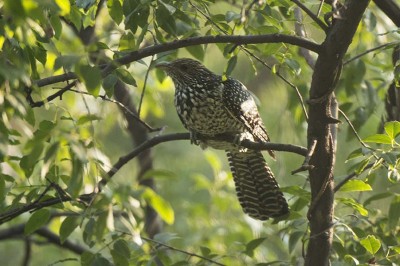
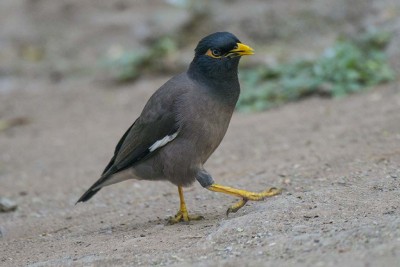
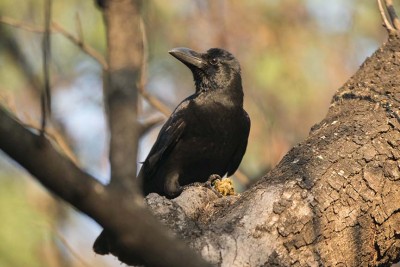
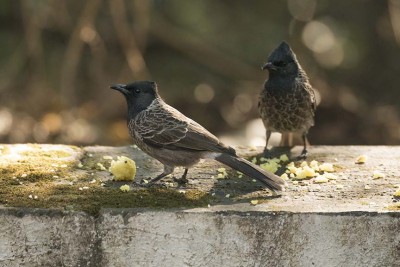
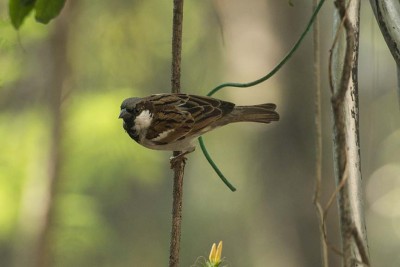
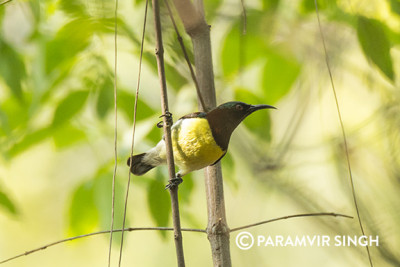
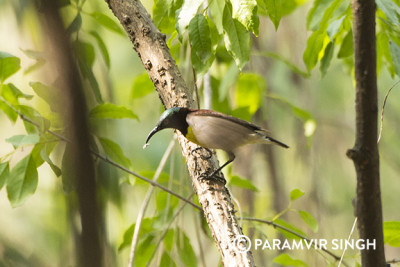
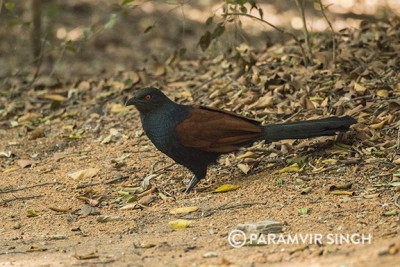
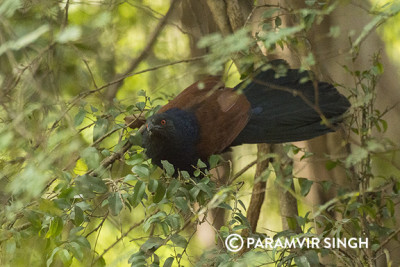
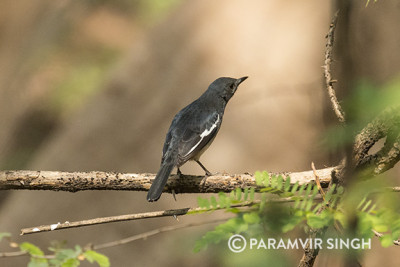
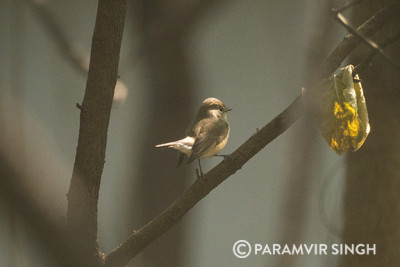
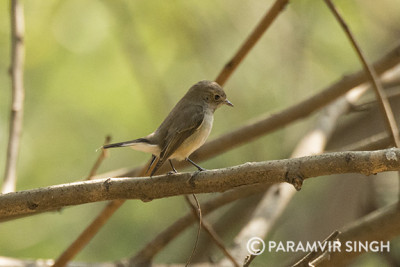
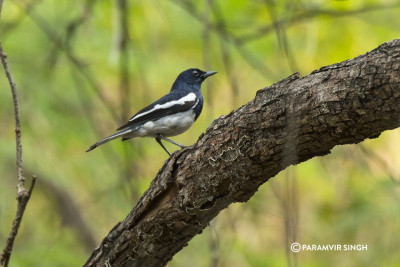
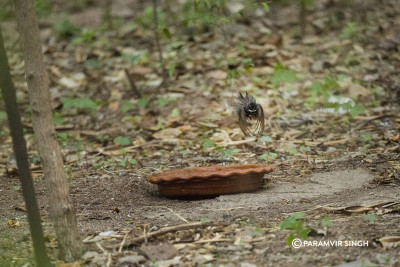
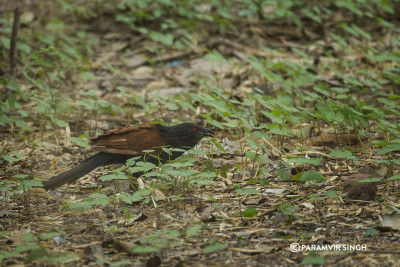
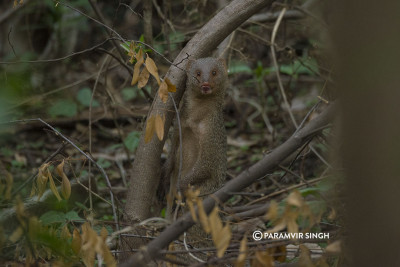
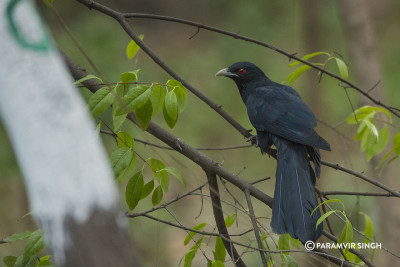
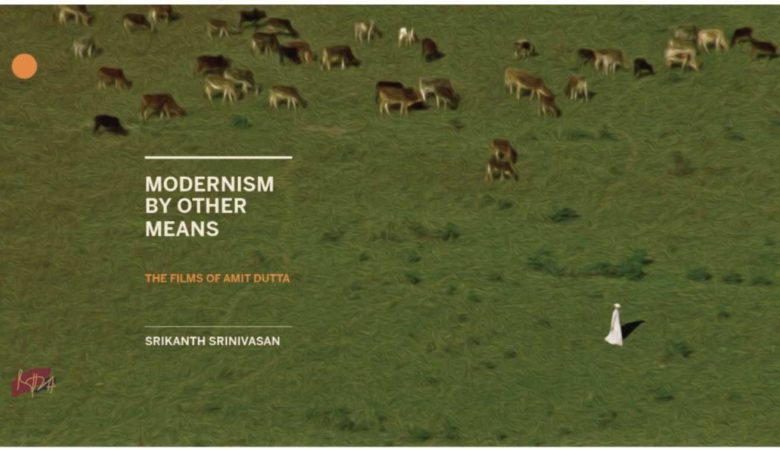

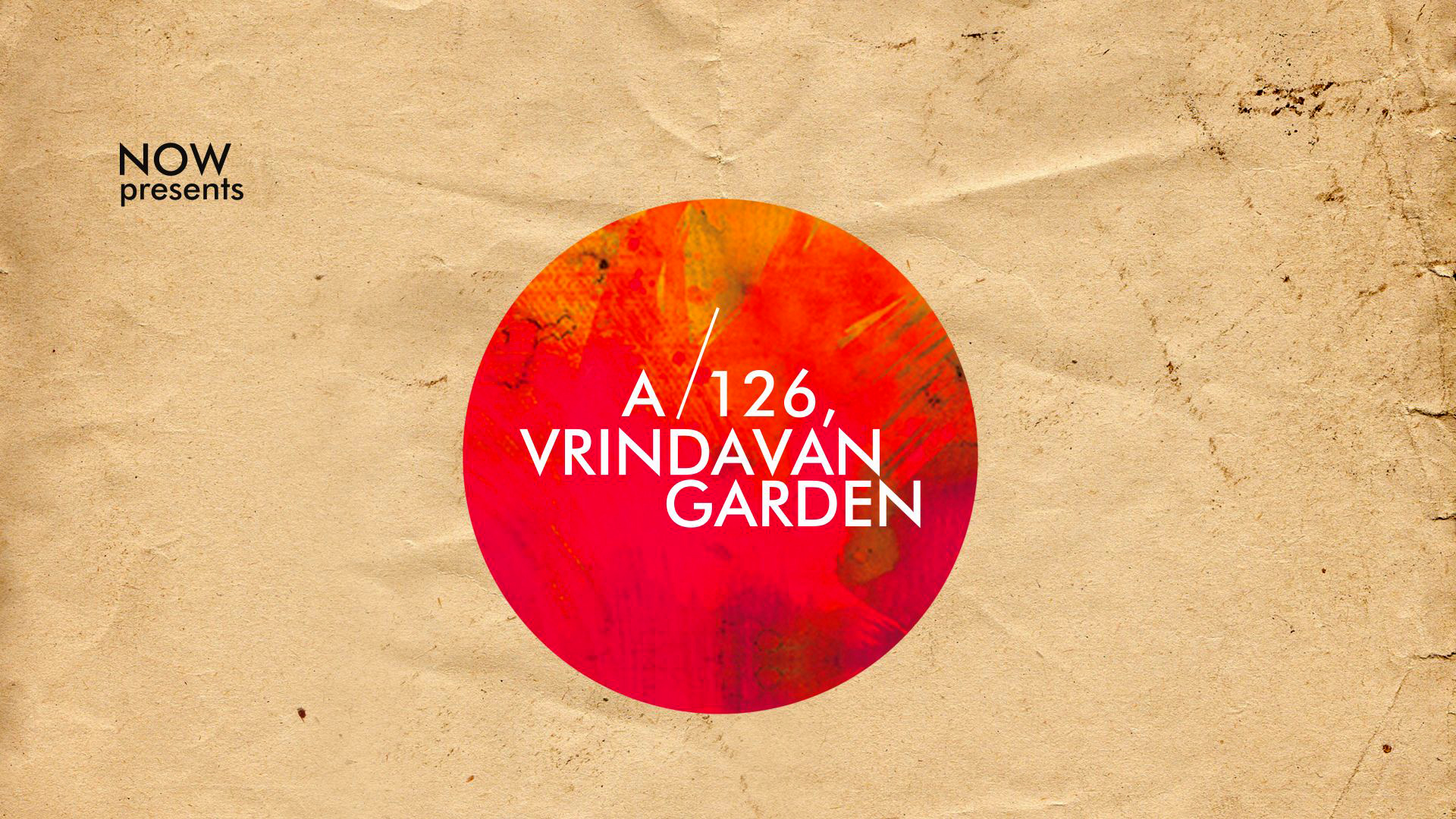




I have also seen the White-eye a few times, the Coppersmith Barbet was fairly common, and there was a big Barn Owl which I often saw in the area between Studio 1 and 2. Once it had got injured after a fight with another bird and I arranged for it to be sent to a lady who nurses injured birds… I think her name was Diana Ratnagar. She managed and set it free.
A few times i saw spotted owlets.
Hi Gurpal! Even I had spotted the Barn Owl sometime around 2002-2003. Now that you mentioned, I have heard the Coppersmith Barbet but never seen it.
Spotted Owlets! Wow! I am coming back to the institute for another birding session…
This article reminds me of a funny moment when we spotted the Indian Grey Hornbill for the first time! The campus suddenly becomes very strange for a moment around late evening when its almost dark and there is this eerie silence and a lot of bats return home… This moment could be really scary for some. Tathagata Singha and i were having a walk at one such moment when a Indian Grey Hornbill came really close to us with its really strange and loud call that sounded prehistoric and Tatha shouted, “that’s a pterodactyl!” I was petrified for a moment. In seconds we realised we were in the present times!
🙂 Well, as they say, time seems to have paused at the Institute…
🙂 where are those butterfly, parrots …
I have seen loads of interesting birds in my neorhboughoid. I live on the southern edge of Taichung City. I’ve spotted a brown shrike, nutmeg mannikins, black drongos, black-crowned night herons, malayan night herons and Himalayan tree pies behind my house which backs onto a river. In the Health Park nearby I have also seen some kind of woodpecker and a goshawk. An amazing abundance of birdlife right here in the city!
I saw the owls near the little clearing that leads to the canteen. Tons of parrots on the roof of Studio 1. Beautiful moths behind C block and near Shantaram. The balcony view looking behind C Block afforded regular sightings of stunning birds ( all of the ones mentioned here) and the very frequent mongoose scurrying on the ground. My window ledge almost had a bat family adamant on nesting there. On occasions one too many they’d swoop into the room and it’d be a while before they left. One morning infamously, I woke up with a bat calmly sitting on my head. Now that’s another story to tell 🙂